
and the other one is the portal vein (blood rich in nutrients). Then it exits through the hepatic vein.
The liver has remarkable regenerative capabilities. This is due to the potential for prompt cell renewal after the activity of harmful elements, such as alcohol, viruses, and certain drugs. If supplied, the collapse processes do not surpass the potential of regeneration.
Functions
In short, the following liver functions can be distinguished:
- Carbohydrate metabolism – the liver produces, stores, and releases glucose, so it is a large, very dynamic reservoir of basic energy material
- Fat metabolism – the liver converts carbohydrates and proteins into fats, synthesizes lipoproteins, phospholipids, and cholesterol, and also breaks down lipids into fatty acids
- Protein metabolism – 85% of all proteins found in plasma are made in the liver. It also makes amino acids necessary for further synthesis
- Accumulation of vitamin reserves – A, D, and B12 and iron bound to ferritin
- Detoxification functions – this concerns the neutralization of various toxins conjugation and degradation of hormones, the transformation of drugs, etc.
- Heme transformation – heme is a component of hemoglobin and other protein compounds, it is transformed into bilirubin
- Bile production – bile is a complex product, essential for the fats digestion
- Immune functions – the liver is also an organ with significant immune properties
Manifestation
Liver cirrhosis is the late phase of liver damage. While the initial stages of liver damage can be reversed, once cirrhosis develops, the damage becomes irreversible, leaving a liver transplant as the only option for recovery.
Fibrosis substitutes healthy liver cells with scar tissue in cirrhosis. This occurs as a consequence of the long-term activity of the liver-damaging element. Fibrosis gets such an elevated intensity in cirrhosis that the regular form of the organ is destroyed. Blood flow through the diseased liver is disturbed, and the liver does not serve its functions adequately.
In the most advanced cases, cirrhosis can result in liver failure, which is a complete cessation of liver activity.
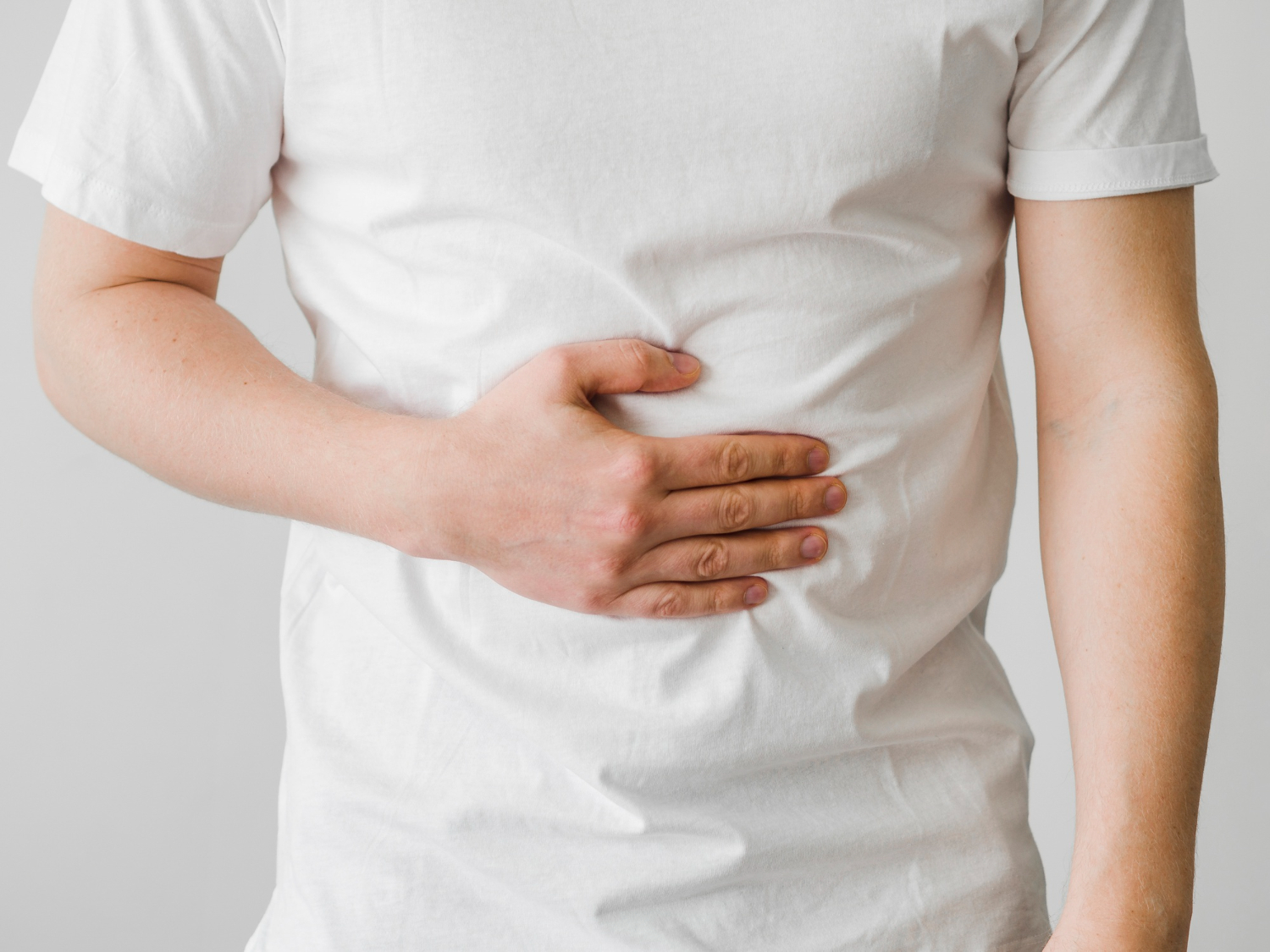
Frequency
In the U.S. alone, about 1 in 400 adults suffer from cirrhosis. Liver cirrhosis ranks as one of the most common causes of death globally. The incidence varies geographically, depending on alcohol consumption and the presence of hepatitis viruses.
Symptoms
The progression from long-term liver disease to the appearance of cirrhosis symptoms can take many years. In some patients, cirrhosis is completely asymptomatic and is only detected during examinations for other health issues.
Because the liver has multiple functions, the symptoms of cirrhosis are varied and can affect many organs.
General symptoms include:
- Weakness and fatigue
- Low-grade fever
- Loss of appetite
- Weight and muscle loss
- Characteristic body shape – slim upper and lower limbs and enlarged belly (caused by the accumulation of water in the stomach)
- Itching of the skin (due to impaired bile production)
- Edema (swelling)
- Muscle cramps
- Bleeding gums and nosebleeds (caused by a defect in the production of proteins required for blood clotting)
- Dark urine
- Skin and eyes white color change to yellowish (jaundice)
- Hemangiomas and spider veins
- Redness of the palms and soles
- White discoloration of nails
- Dilated veins on the skin of the abdomen
- Bloating, nausea, and vomiting
- Enlargement of the spleen (an organ placed on the left side of the belly, above the stomach)
- Pain under the right ribs
- Menstrual disorders in women
- Hirsutism
- Loss of hair on the chest and armpits in men
- Libido loss
- Potency disorders
Causes
Cirrhosis can occur due to various factors, primarily alcoholism and hepatitis viruses.
Less common causes include:
- Nonalcoholic fatty liver
- Autoimmune liver disease
- Bile duct diseases
- Some medications
- Toxic chemical exposure
- Some genetically passed diseases
- Some infections
- Budd-Chiari syndrome

Diagnosis
Doctors begin to suspect liver cirrhosis based on the symptoms presented. Additional tests are then ordered to diagnose it.
Blood Tests
When cirrhosis is suspected, doctors may order various blood tests to evaluate the liver’s function due to its complex role in the body. These tests typically assess liver enzyme activity, protein levels, blood clotting ability, bilirubin levels, and several other important factors.
Imagining Tests
A routinely performed ultrasound examination shows an enlarged spleen, the liver has a wavy outline of the edges, increased echogenicity, often a heterogeneous appearance caused by the presence of regenerative nodules, it may be enlarged (60% of cases), or, on the contrary, too small, shrunken (20% of cases). The doctor, in addition to routine ultrasound, usually orders a color Doppler examination to show characteristic disorders of blood flow to and from the liver.
Gastroscopy
Gastroscopy is a procedure that examines the upper gastrointestinal tract, particularly the esophagus and stomach. In patients with cirrhosis, this procedure is used to assess the presence of common complications, such as esophageal varices – dilated and twisted veins in the esophagus – and portal gastropathy, which refers to damage of the stomach lining caused by blood stagnation associated with cirrhosis.
Liver Biopsy
In a liver biopsy, the doctor collects a little sample of the liver by inserting a narrow needle through the skin. This sample is then analyzed under a microscope. This procedure is performed when the doctor has uncertainties about the diagnosis.
Treatment
Liver damage caused by cirrhosis is irreversible, which indicates there is no known treatment for the disease.
Treatment of the Cirrhosis Cause
The primary approach to treating liver damage involves eliminating the harmful factor (the most common one is alcohol – that is why absolute abstinence may slow the appearance of severe complications).
Lifestyle Changes
Treatment of the underlying disease consists of an attempt to eliminate the factor that has led and continues to lead to irreversible changes in the structure of the organ and to discontinue the patient’s exposure to this factor. If this factor is alcohol, absolute abstinence can delay the appearance of severe disorders by many months or even years. If this factor were medication or any other substances whose effects have proven to be toxic to the patient, absolute discontinuation of these substances is required.
Diet is significant. However, remember that there is no such thing as a liver diet. With a few exceptions (e.g., Wilson’s disease), there is no justification for the commonly recommended dietary restrictions, but a few important general rules should be followed. It is recommended that the daily energy requirement be 35 kcal/kg, while protein should constitute 1.2–1.5 g/kg. Greater coverage of this component applies to people with protein-calorie malnutrition.
Patients should eat three main meals and three snacks: a second breakfast, an afternoon snack, and a late evening meal consisting of carbohydrates. The purpose of eating a late evening meal is to prevent the breakdown of body proteins and, consequently, malnutrition.
In some cases, in people with malnutrition and sarcopenia, it may be advisable to include ready-made nutritional mixtures in the diet. On the other hand, overweight and obese people should be encouraged to reduce their body weight and engage in moderate physical activity.
Medications
For cirrhosis caused by viral hepatitis, antiviral therapy may be used. To treat cirrhosis resulting from autoimmune hepatitis, immunosuppressive drugs are used. For cirrhosis associated with cholestatic disease, treatment may include cholesterol-lowering medications, antiplatelet medications, and surgical treatment of bile flow problems.
Liver Transplantation
Decompensated cirrhosis requires regular visits to a specialist hepatology clinic – at least once every 2–3 months. Each time, the doctor assesses the patient’s condition on a certain scale reflecting the degree of liver failure, and if a significant deterioration in health is detected, the doctor reports the patient to a transplant center as a candidate for liver transplantation.
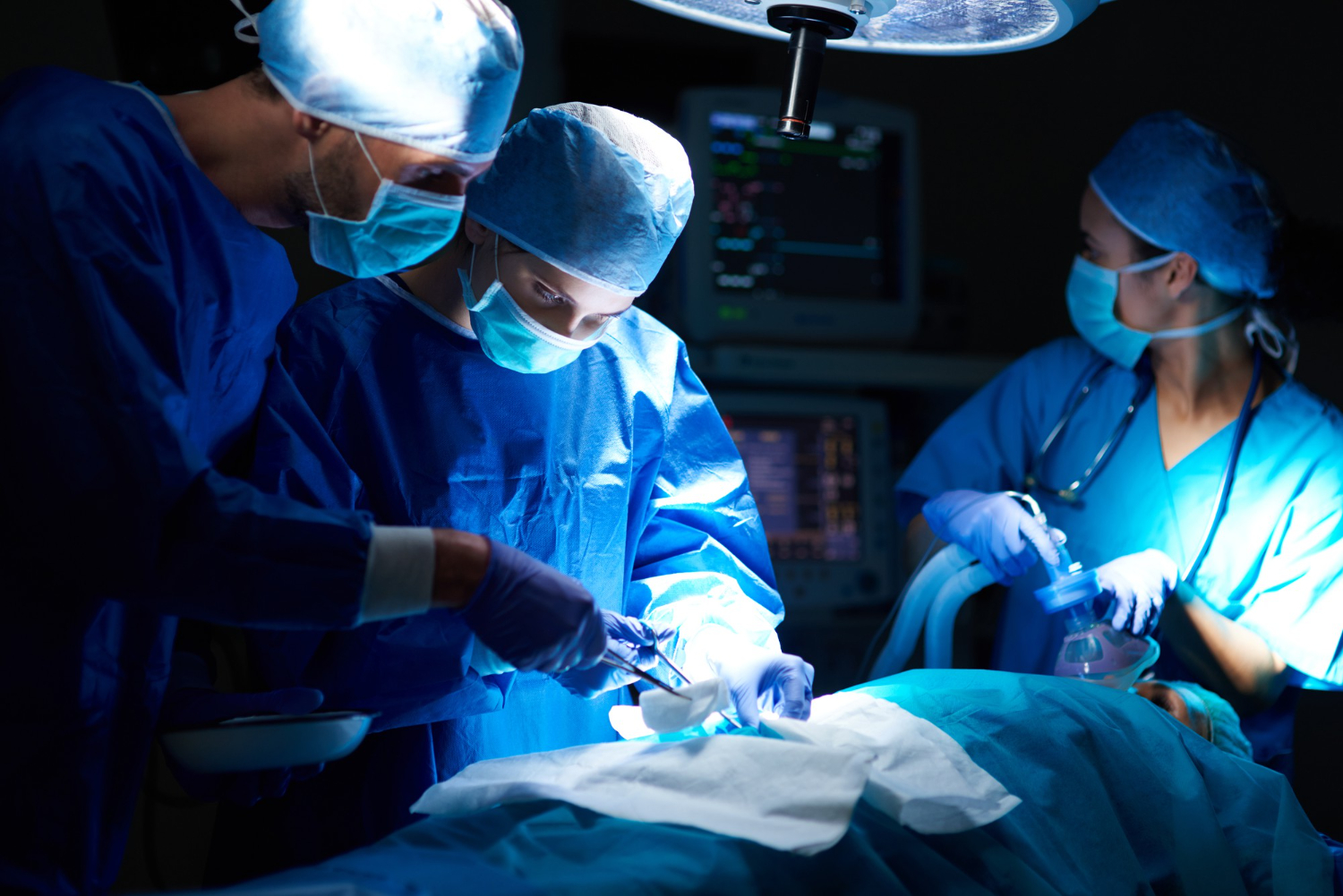
Complications
There are several possible complications of liver cirrhosis. Some of them are listed and explained below.
Ascites
Ascites is the accumulation of fluid in the abdominal cavity. In cases of cirrhosis, the blood pressure in the abdominal vessels becomes too high, leading to blood stagnation and fluid leakage into the abdomen. Ascites is the most common and earliest complication of cirrhosis, and its presence significantly worsens the prognosis of the disease.
Jaundice
Jaundice is not a condition but a sign that can occur in the course of many different diseases, including cirrhosis. It is a yellow discoloration of the skin and whites of the eyes induced by the deposition of excess bilirubin in the tissues as a consequence of its raised concentration in the blood. Bilirubin is a yellow pigment that is an outcome of hemoglobin degradation – contained in used red blood cells and some proteins (e.g. myoglobin from muscles).
Esophageal Varices
Liver cirrhosis is the most typical cause of esophageal varices. It is a condition in which the liver undergoes structural changes under the influence of damaging factors. As a result of the insufficiency of repair processes, connective tissue scars appear at the site of damage.
Peritonitis
Peritonitis is the inflammation of the inner lining of the abdomen. If you have ascites along with a fever and severe abdominal pain that does not improve with home painkillers, it may indicate an infection in the fluid that has accumulated in your stomach. This infected fluid can lead to peritonitis.
Hepatic Encephalopathy
Hepatic encephalopathy is a set of psychiatric symptoms. A damaged liver does not remove toxins. Toxins entering the brain cause symptoms of encephalopathy.
Hepatic encephalopathy can manifest as:
- Mood changes
- Decreased concentration
- Somnolence
- Confusion
- Personality changes
- Lethargy or apathy
- Behavior inappropriate to the situation
- Hepatic coma
Liver Cancer
Individuals with cirrhosis have a higher chance of liver cancer development. This applies mainly to people with cirrhosis caused by the HCV infection.
Prognosis
To slow down the progression of the disease, it is worth eliminating the factor that caused it, if possible, e.g., alcohol consumption. As a rule, the survival time from the moment the first changes appear in the liver is a dozen or so years.
The difficulty in treating and preventing the progression of liver cirrhosis results from the fact that in some patients it is asymptomatic and is detected by chance.
When Should You See a Doctor?
Some symptoms of cirrhosis can be severe and may require emergency medical attention.
The warning signs to watch for include:
- A yellowish tint to the whites of the eyes and skin, accompanied by an unpleasant odor from the mouth
- Bleeding from the digestive tract, especially if you are vomiting fresh blood
- A sudden decline in mental state, including unusual drowsiness
- A rapid increase in stomach circumference due to fluid buildup
- Ascites combined with fever and abdominal pain, which may indicate peritonitis
Other less sudden symptoms that should prompt you to see your GP include the following:
- Leg edema
- Skin changes indicating disorders in blood clotting (hemangiomas, nosebleeds, and bleeding gums)
- Persistent itching of the skin
- Menstrual disorders in women
- Erectile dysfunction in men
- Jaundice
Prevention
Some causes of liver cirrhosis can be described as external – they are related to our lifestyle or treatment that causes irreversible liver damage. These are factors that can be influenced and eliminated.
Undoubtedly, abstinence from alcohol in people with chronic liver diseases or limiting alcohol consumption to moderate amounts (less than 20 g per day in women and less than 60 g per day in men) by healthy people are the most important actions to prevent liver cirrhosis.
An equally important element of prevention is a safe lifestyle, which allows minimizing exposure to infection with viruses with a special affinity for the liver by using condoms and spermicides, not using intoxicants, and avoiding body beautification procedures (piercings, tattoos, etc.) in places without appropriate certificates. Protective vaccinations against hepatitis B also prevent infection and its distant consequences, including cirrhosis and primary liver cancer.
Preventive measures include antiviral treatment of chronic viral hepatitis in the period before the development of liver cirrhosis, as well as discontinuation of chronically used medication that may cause fibrosis. In the latter case, in conditions requiring long-term use of such a preparation, it is worth performing a liver biopsy after a few years and considering discontinuing it if fibrotic changes begin to appear.
Diet
Moreover, a diet in a temperate climate does not pose a great risk of liver cirrhosis. Patients should only be warned against uncontrolled consumption of vitamin A because its excess promotes liver fibrosis. In tropical countries with a humid climate, moldy food may contain dangerous aflatoxins, which not only stimulate fibrosis but can also cause cancerous changes in the liver. A classic example of a food product containing aflatoxins is peanuts.
We do not influence the internal causes of cirrhosis – congenital metabolic defects, other genetically determined diseases, autoimmune diseases – but after identifying them, we should decisively eliminate those factors that may have additional adverse effects.
Sources
- Physiology, Liver. NIH.
https://www.ncbi.nlm.nih.gov/books/NBK535438/ - Definition & Facts for Cirrhosis. NIH.
https://www.niddk.nih.gov/health-information/liver-disease/cirrhosis/definition-facts - Symptoms & Causes of Cirrhosis. NIH.
https://www.niddk.nih.gov/health-information/liver-disease/cirrhosis/symptoms-causes - Diagnosis of Cirrhosis. NIH.
https://www.niddk.nih.gov/health-information/liver-disease/cirrhosis/diagnosis - Gastrointestinal endoscopy in cirrhotic patient: Issues on the table. NIH.
https://pmc.ncbi.nlm.nih.gov/articles/PMC8311468/ - Liver Biopsy. NIH.
https://www.ncbi.nlm.nih.gov/books/NBK470567/ - Treatment for Cirrhosis. NIH.
https://www.niddk.nih.gov/health-information/liver-disease/cirrhosis/treatment - Alcohol-Associated Liver Disease. NH.
https://www.ncbi.nlm.nih.gov/books/NBK546632/ - Eating, Diet, & Nutrition for Cirrhosis. NIH.
https://www.niddk.nih.gov/health-information/liver-disease/cirrhosis/eating-diet-nutrition - Liver Transplantation. NIH.
https://www.ncbi.nlm.nih.gov/books/NBK559161/ - Overview of Complications in Cirrhosis. NIH.
https://pmc.ncbi.nlm.nih.gov/articles/PMC9257866/ - Ascites. NIH.
https://www.ncbi.nlm.nih.gov/books/NBK470482/ - Jaundice. NIH.
https://www.ncbi.nlm.nih.gov/books/NBK544252/ - Esophageal Varices. NIH.
https://www.ncbi.nlm.nih.gov/books/NBK448078/ - Peritonitis. NIH.
https://pmc.ncbi.nlm.nih.gov/articles/PMC7152366/ - Hepatic Encephalopathy. NIH.
https://www.ncbi.nlm.nih.gov/books/NBK430869/ - Liver Cancer. NIH.
https://www.ncbi.nlm.nih.gov/books/NBK343640/
Shingles: What Is, Causes, Warning Signs, and Diagnosis
Osteopenia: What Is, Causes, Symptoms, Diagnosis, and More
Gastroparesis: Symptoms, Causes, Diagnosis, and Treatment
Restless Legs Syndrome: What Is, Causes, Symptoms, and More
Asthma: What Is, Causes, Symptoms, and Risk Factors
Autoimmune Disease: What Is, Causes, Types, and Symptoms
Pancreatitis: What Is, Causes, Symptoms, and More

Vertigo: What Is, Causes, Diagnosis, and Treatment
Lyme Disease: What Is, Causes, Risk Factors, and More

Tourette Syndrome: What Is, Causes, Symptoms, and More
Lymphoma: What Is, Causes, Symptoms, and Treatment

Hemoglobin: What Is, Types, and Norms
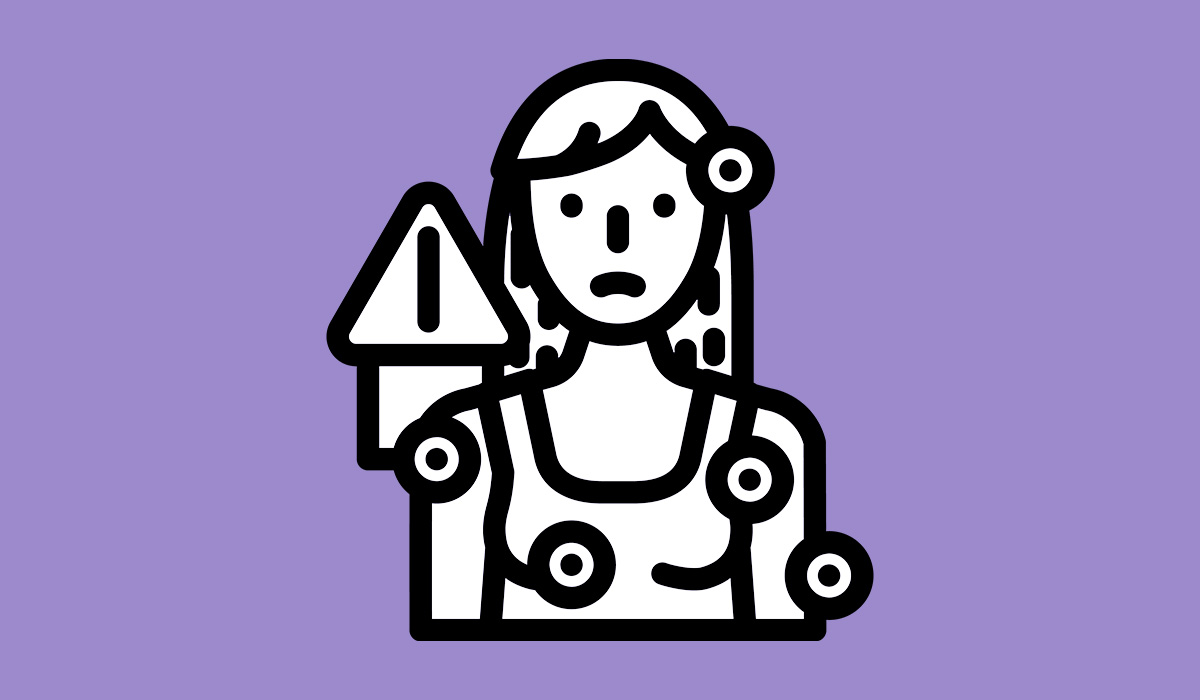
Fibromyalgia: What Is, Causes, Diagnosis, and The Diet
Hemorrhoids: What Are, Symptoms, Treatment, and Prognosis

Pathogen: What Is, Types, Health Conditions, and How To Treat
